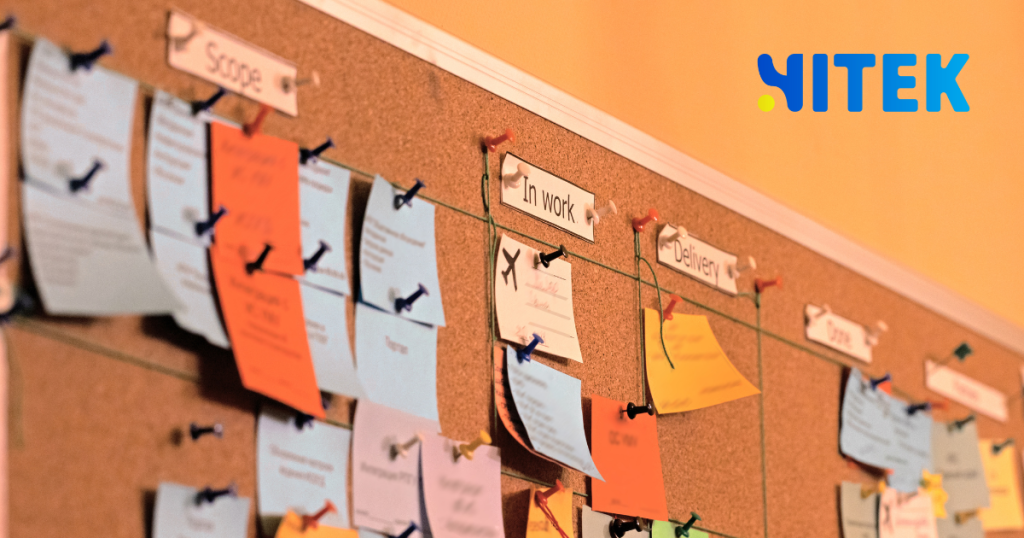In the fast-paced world of software development, teams often encounter challenges that require quick, focused solutions. One such tool in a developer’s arsenal is the spike—a concept that might sound mysterious to the uninitiated but is a game-changer for agile teams. Whether you’re a startup in Sydney or a tech giant in Melbourne, understanding spikes can help your team tackle complex problems precisely and confidently.
So, what exactly is a spike in software development, and why should Australian teams care? Let’s break it down.
Contents
ToggleWhat Is a Spike?
A spike is a time-boxed research task to answer a specific question or solve a technical challenge. Unlike regular development tasks, spikes aren’t about delivering production-ready code. Instead, they’re about exploration, experimentation, and gathering enough information to make informed decisions.
Think of it as a reconnaissance mission. Before committing to a full-scale project, your team investigates the unknowns. This could involve testing a new framework, evaluating a third-party API, or prototyping a feature to assess its feasibility.
Spikes are a core component of agile methodologies like Scrum and Kanban, which Australian tech companies widely adopt. They help teams reduce risks, avoid costly mistakes, and ensure that everyone is on the same page before diving into development.
Why Are Spikes Important?
In software development, uncertainty is the enemy. Without proper research, teams can waste weeks—or even months—on solutions that don’t work or aren’t scalable. Spikes act as a safeguard, allowing teams to:
- Clarify Requirements: Sometimes, user stories or technical specifications are vague. A spike helps clarify what’s needed before coding begins.
- Evaluate Alternatives: With so many tools and technologies available, spikes let teams compare options and choose the best fit.
- Mitigate Risks: By identifying potential roadblocks early, teams can avoid surprises.
- Improve Estimates: Spikes provide the data to create more accurate timelines and budgets.
For Australian teams, spikes are particularly valuable in industries like fintech, healthcare, and e-commerce, where regulatory compliance and user safety are critical.
How to Run a Spike: A Step-by-Step Guide
Running a spike isn’t just about diving into code. It’s a structured process that requires planning, collaboration, and clear goals. Here’s how to do it right:
1. Define the Objective
Start by identifying the problem or question you need to answer. Be specific. For example, “Can we integrate this payment gateway into our app without compromising performance?”
2. Set a Time Limit
Spikes are time-boxed, meaning they have a strict deadline. This prevents analysis paralysis and keeps the team focused. A typical spike lasts between a few hours and a couple of days.
3. Assign the Right People
Choose team members with the skills and expertise needed to tackle the challenge. This might include developers, designers, or even product managers.
4. Conduct the Research
This is the heart of the spike. Depending on the objective, your team might:
- Write prototype code
- Test different tools or libraries
- Analyze data or performance metrics
- Consult documentation or external resources
5. Document the Findings
Once the spike is complete, document the results in a concise report. Include recommendations, potential risks, and any next steps.
6. Share the Knowledge
Present your findings to the team during a sprint review or stand-up meeting. This ensures everyone benefits from the insights gained.
Real-World Examples of Spikes
To bring this concept to life, let’s look at a few scenarios where spikes might be used:
- Integrating a New API: A Melbourne-based e-commerce platform wants to add a new payment gateway. Before committing, the team runs a spike to test the API’s reliability and compatibility with their existing system.
- Evaluating a Framework: A Sydney startup is considering a new JavaScript framework for their web app. They conduct a spike to compare its performance, ease of use, and community support.
- Prototyping a Feature: A Brisbane healthcare app must add a secure messaging feature. The team uses a spike to explore encryption methods and ensure compliance with Australian privacy laws.
Spikes vs. Proof of Concept: What’s the Difference?
While spikes and proof of concept (PoC) are research-focused, they serve different purposes. Here’s a quick comparison:
| Aspect | Spike | Proof of Concept (PoC) |
|---|---|---|
| Purpose | Answer a specific question or solve a technical challenge | Demonstrate the feasibility of a concept or idea |
| Scope | Narrow and focused | Broader, often involving a working model |
| Duration | Short (hours to days) | Longer (days to weeks) |
| Outcome | Insights and recommendations | A functional prototype or demo |
Tips for Running Effective Spikes
- Keep It Focused: Avoid scope creep by sticking to the original objective.
- Collaborate: Involve stakeholders early to ensure alignment.
- Document Everything: Clear documentation is key to sharing insights and making informed decisions.
- Learn and Iterate: Use the findings from each spike to refine your processes and improve future sprints.
Why Australian Teams Should Embrace Spikes
Australia’s tech industry is booming, with hubs like Sydney, Melbourne, and Brisbane leading the charge. However, with growth comes competition. Teams need to be agile, efficient, and innovative to stay ahead. Spikes offer a way to achieve this by:
- Reducing wasted time and resources
- Encouraging a culture of experimentation and learning
- Ensuring that projects are built on solid foundations
Whether developing a cutting-edge app or optimizing an existing platform, spikes can help you deliver better results faster.
Ready to Get Started?
If you’re new to spikes, start small. Identify a technical challenge or unanswered question in your current project and run a short, focused spike to address it. You might be surprised how much you can learn in just a few hours.
For more insights on agile development and best practices, check out Atlassian’s guide to agile methodologies, a trusted resource for teams worldwide.
Final Thoughts
In the dynamic world of software development, spikes are more than just a buzzword—they’re a practical tool for tackling complexity and uncertainty. By investing time in research and exploration, Australian teams can build better products, reduce risks, and stay competitive in a rapidly evolving industry.
So, the next time you face a tricky technical challenge, don’t dive in blind. Step back, run a spike, and arm your team with the knowledge they need to succeed.
What’s your experience with spikes? Have they helped your team overcome a tough challenge? Share your thoughts in the comments below!









